Hello, all!
Today, we have three agenda items:
- Return cameras
- Course evaluations: baruch.cuny.edu/evals
- Look at the rest of your photo essays
Hello, all!
Today, we have three agenda items:
Reminders and Upcoming Dates
This coming Thursday’s class and next Tuesday’s class are both going to be dedicated to production on your photo essays. I will be here for anyone who wants to check in one-on-one, show me the images you have so far, get my take on how to structure the photo essay and captions, etc. You are also welcome to take that time and use it to shoot photos and do reporting.
Your photo essays will be due by class time next Thursday, May 11. You should have 12-20 images with detailed captions, including people’s first and last names, a couple of direct quotes, and plenty of background information sprinkled throughout to provide context for your story.
Photo Book Blog Posts
We’ll take a little time at the beginning of class to hear from some of you about the photo book you chose.
Guest Speaker
Photojournalist Sara Naomi Lewkowicz
Reminder: If you have not yet completed a breaking news story assignment (the Ukraine one-year anniversary, Phagwah parade, or the Trump arraignment) you must complete one by the last class of the semester (May 16). I have been trying to give options that will work for as many people as possible, and I will continue to keep an eye out for stories that would work for this assignment, but if you have not yet been able to complete one of these three options, you should start looking for a breaking news story that will work for you and your schedule and pitch it to me ASAP.
Photo Book In-Class Exercise
I’ve brought a pile of photo books from my personal collection. Today’s exercise will be about looking not at a photographer’s individual images or assignments, but at a larger body of work. Most of these might be classified as “documentary photography,” an umbrella term used to describe photography that captures a real moment as it happens, often conveying a message about the world. Sometimes this can include personal projects, a type of photojournalism that often ends up in gallery shows or photo books, but may be less likely to be found on a wire service.
Take some time to browse through the books and select one to read more in depth. Some of them are quite extensive so I obviously don’t expect you to read through them in their entirety but give it a good skim—enough to get a sense of what this photo book is about, who the photographer is (or plural photographers), how it is structured, and what it aims to convey. Some of these are more personal in nature, others involve more hard news reporting. Some are a sort of combination of both. Some were written by the photographer, and some were compiled after the photographer’s death.
Write a short blog post (250-300 words or so) about the photo book you chose, and be prepared to talk about it in Tuesday’s class.
Upcoming Dates
Thursday, May 4 and Tuesday, May 9 will both be production days for your photo essays. Class attendance is not mandatory on either of those days, but I will be there for whoever wants to check in one-on-one and get advice: what images the story is missing, whether the captions need to be fleshed out, what order to put everything in, what title/headline to give it, etc. You also have the option of using that time to go out and shoot more photos.
Your final photo essays will be due by class time on Thursday, May 11. We will begin looking at them together and I will consolidate them into one larger project by the following Tuesday, our last day of class, when we will finish looking at the whole thing.
Today’s Class
Today, we’ll look at your environmental portraits together.
Hello all! First, today we’ll briefly discuss your thoughts on the conversation around the AI project.
I also want to take some time to look at the World Press Photo award winners, which were announced today.

Portraiture
When it comes to portraits in photojournalism, we’re not talking about a stylized fine art portrait or a studio portrait. In news photography, portrait shots usually involve showing people in their usual environment, like a small business owner in his shop, a surgeon in her operating room, or a politician meeting with constituents in their district or on the campaign trail.

Some portraits are posed, and others are candid. Lighting is often impactful, and the setting and details help the reader place the person in the context of their story.
Environmental Portraits

At a glance, what do we know about this person? What sort of story does this image tell? Why do you think the photographer made the decision to photograph him like this? Would another approach have been as effective?
Here are some more environmental portraits.

What are some things we can infer about the person or people being photographed in these images? What are some of the tells? (What they’re wearing? What they’re holding? Their surroundings? The expression on their face?) What do you think might be the tone of the story? (Lighthearted? Serious? Heartbreaking? Inspiring?)

What clues or information does the framing/composition of the image give us? Are we looking up at the subject or looking down? Does that make them seem more imposing, or make them seem vulnerable, or allow for a more interesting composition?

So when you’re thinking about taking portraits of someone for a profile type of story, or as part of a larger, broader story, make sure you’re thinking about when and where you can get the best, most telling shots. Sometimes this involves doing crazy things, like waking up at 4:30 in the morning to meet someone whose job is making bagels. One NYT staff photographer, Todd Heisler, had this to say: “There’s nothing worse than knowing that I want to make photographs about what somebody’s day is like, and I show up and they say, ‘Well, I cleared all my activities for the day so we could spend time together.’ Then, it’s somebody sitting on the couch all day, which is not what I want.”

The NYT did this portrait series featuring all different kinds of essential workers.
Here are the 2023 winners of the National Press Photographers Association (NPPA) awards for the portrait/personality category and portrait series category.
More advice from Heisler:
Questions to Ask Yourself During the Photo Shoot
Homework Assignment
Shoot one environmental portrait. Post it on the class blog with a caption by class time on Tuesday.
(Note: This doesn’t mean shoot only one image and call it a day. This means shoot as many photos as it takes for you to be happy with the final shot you select and submit. Play around with the light. Play around with different angles. Play around with props.)
This portrait can be of any subject: a person you encounter on the street, a friend, a partner, someone who works in your neighborhood, someone who works at Baruch. If you want to use this mini assignment as an opportunity to be efficient and get another great shot for your photo essay, you’re welcome to do that, and you can eventually include that shot in your finished piece.
Welcome back!
I hope you all had a restful spring break.
Today, first we’ll be taking a look at the breaking news stories that a handful of you shot outside the Trump arraignment two weeks ago.
Reminder: If you have not yet completed a breaking news story assignment (the Ukraine one-year anniversary, Phagwah parade, or the Trump arraignment) you must complete one by the last class of the semester (May 16). I have been trying to give options that will work for as many people as possible, and I will continue to keep an eye out for stories that would work for this assignment, but if you have not yet been able to complete one of these three options, you should start looking for a breaking news story that will work for you and your schedule and pitch it to me ASAP.
Upcoming Due Date
Your final photo essays will be due Thursday, May 11.
Discussion: Photojournalism and Artificial Intelligence
Adorama has this blog post that delves into the various ways that AI might be incorporated into photography. Some of these relate to improving image quality and are relatively innocuous, like incorporating the technology into cameras to correct for red eye, recognize faces, and focus more quickly on the desired subject. Others, like photorealistic AI-generated images, are a growing, major cause of concern for people in the photojournalism industry.
Many websites (such as deepai.org) offer AI Image Generation. This allows you to create images simply by typing a few words. There are also many apps that allow you to do the same. Usually, you’ll put in a text prompt. The prompt can be as simple as a couple words, or as complex as a paragraph. Sometimes, you’ll even have the option to “exclude” certain things from your image if there is an effect you wish to avoid. These services usually allow you to make a few free images before charging you for additional renditions.
What are some of the potential pitfalls, ethical issues, and consequences of a rise in AI-generated images, specifically when it comes to journalism?
This Columbia Journalism Review article is a Q&A with Fred Ritchin, the dean of the International Center of Photography (ICP).
There is an enormous interest in ChatGPT, in writing essays with artificial intelligence, writing news articles, writing movie scripts, and so on. But there’s very little concern about synthetic AI images and what AI can do to replicate a realistic photo of events and people who never existed. Now you don’t even need a camera. You could just say The war in Ukraine should look like this, and make the image. We really somehow have overlooked this challenge to the photograph as witness. It’s interesting to me: my Vanity Fair piece, which came out ten days ago—as far as I can tell, not one publication linked to it in the world, whereas what I am describing in the essay is enormous. We’re very close to destroying the credibility of the photograph. That’s a major step.
The other thing to add to the puzzle is, if you start making millions of synthetic images, then the new AI will be training on those images as well. The concept of history will become more and more distorted, because they’ll be training on the images that are not made by cameras, but made according to the way people want to see the world. What happens if people have five million images of World War II according to the way they want the war to look, and they look like photographs, so that’s what the AI is going to be training on in the future?
Case study: This photojournalist has created a series of AI-generated images depicting the recent wave of people leaving Cuba by boat. He is selling the images as NFTs and donating 10 percent of the proceeds to charities working with Cuban refugees.
https://www.instagram.com/p/CqniSVjrj0h/?hl=en
This series of images set off an avalanche of comments, many of them from other photojournalists who were extremely critical of this project for many reasons.
Blog Post Homework Exercise
Take some time to look through the images on the series of four posts that Brown made about this project. Write a short blog post (200-250 words) about which argument(s) resonated with you, and why?
Today please join me in welcoming Daniel McKnight, a freelance photographer for the NY Post.
VP Kamala Harris speaks at Tyre Nichols emotional funeral in Memphis
Alex Murdaugh’s defense rests in his double murder trial
Smiling NYC church vandal finally held on bail after latest arrest
Suspect in slay of elderly NYC woman was once the building super
‘Sound like Mickey Mouse’: East Palestine residents’ shock illnesses after derailment
NY state chooses first official pot sales site near famed Apollo Theater
Our guest speaker had to cancel last minute—which means we get to look at the rest of your photo essays together.
Assignment: Photo Essay #2: The Group Photo Essay
On Tuesday next week, your pitches will be due for the second and final photo essay of the semester. The group theme of these photo essays will be examining the ways NYC is changing through the food we eat. We will spend that class workshopping your ideas.
Change can mean a lot of things: It might refer to old ways being lost. It might mean being the leader in a new trend. It might mean adapting and evolving.
Some ideas:
Spotlight two different businesses that sell an iconic NYC foot like a chopped cheese: one old-school and affordable, and one in a trendier neighborhood, and tell the stories of the people behind both.
Photograph an urban farm as the planting season begins: something like the Black Joy Farm in the Bronx, perhaps, which is aimed at distributing fresh produce in a food desert and working to reconnect people with the land. Or another farm on this list.
Photograph a soup kitchen or community refrigerator and tell a story which delves into how food insecurity is affecting many New Yorkers.
Shoot a day in the life story of someone who provides an essential, behind the scenes role in bringing New Yorkers their food: someone like the person who delivers pastries to all the coffee carts, or someone who wakes up early to prep ingredients and then drives their food truck from Queens to busy intersections in Manhattan for the lunch crowd.
Are there any food traditions that are in danger of being lost, or that are having a moment of visibility because of world events? (Iran or Ukraine, for example?) Who is trying to keep them alive? What role does that food play in the cultural identity of an immigrant community? Attend a community-run cooking class.
Do a story on the disappearance of the dollar slice. Photograph a number of pizza places around the city (around Manhattan, or a sampling in different boroughs perhaps) that have been forced to raise prices. Talk to the owners and find out why.
Ramadan just began. Food obviously plays a major role in how it is observed. Have you heard of anything happening in the city this year that is interesting or new, or would be news to people who don’t celebrate?
Do something on the seed sovereignty movement. Attend a seed swap in Queens, or investigate the NYPL’s seed library. Photograph indigenous activists working on this issue.
Today we’re going to have an interactive exercise. I’m going to break you all into groups and have you quickly research a famous image. You’ll have 10-15 minutes to read about it and discuss as a group, and then you’ll take turns presenting to the class.
What’s the backstory to the image? What did the photographer say about their process? Was it controversial? What impact did it have?



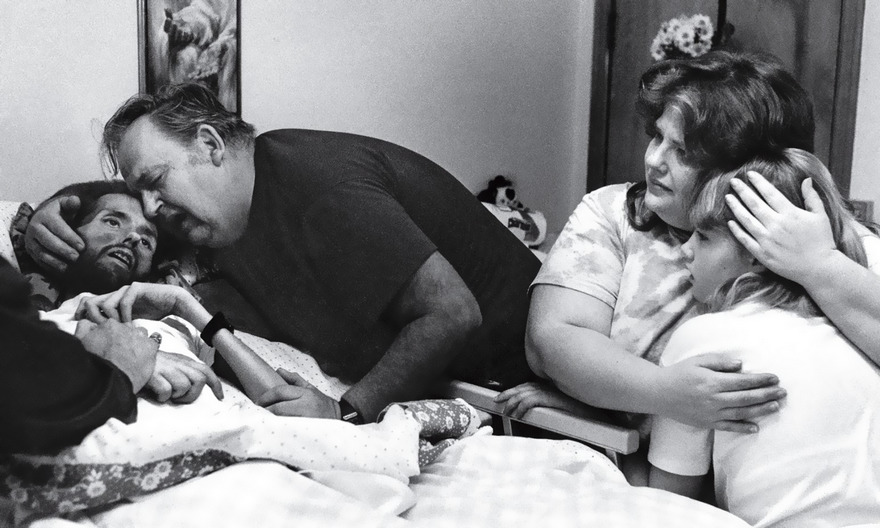
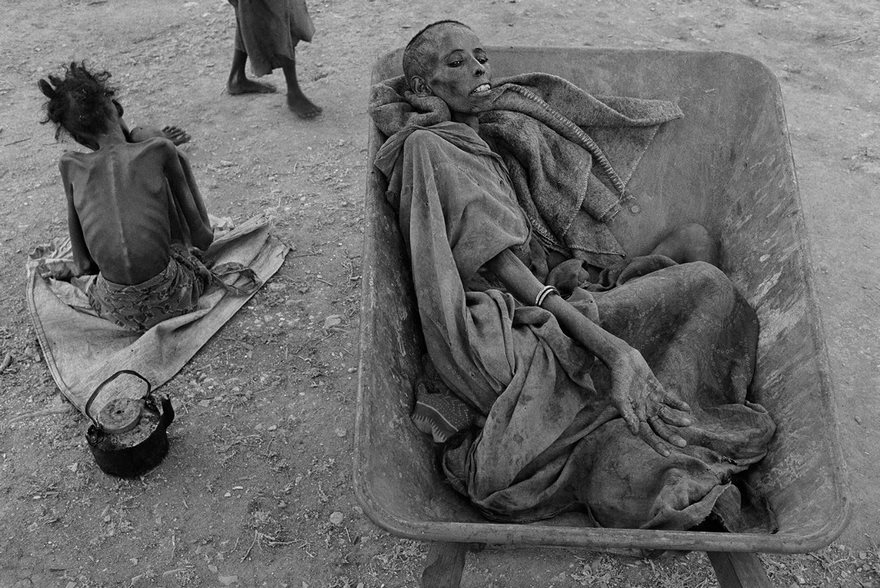
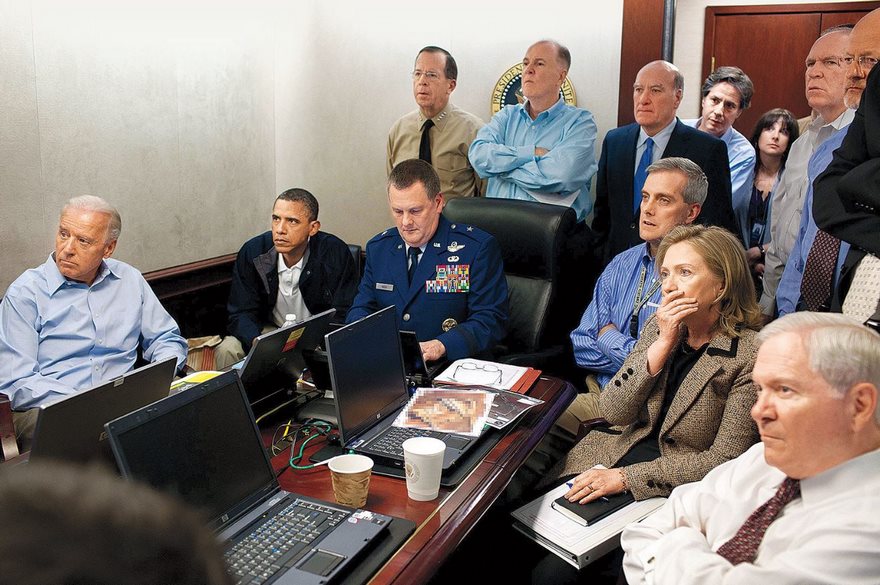

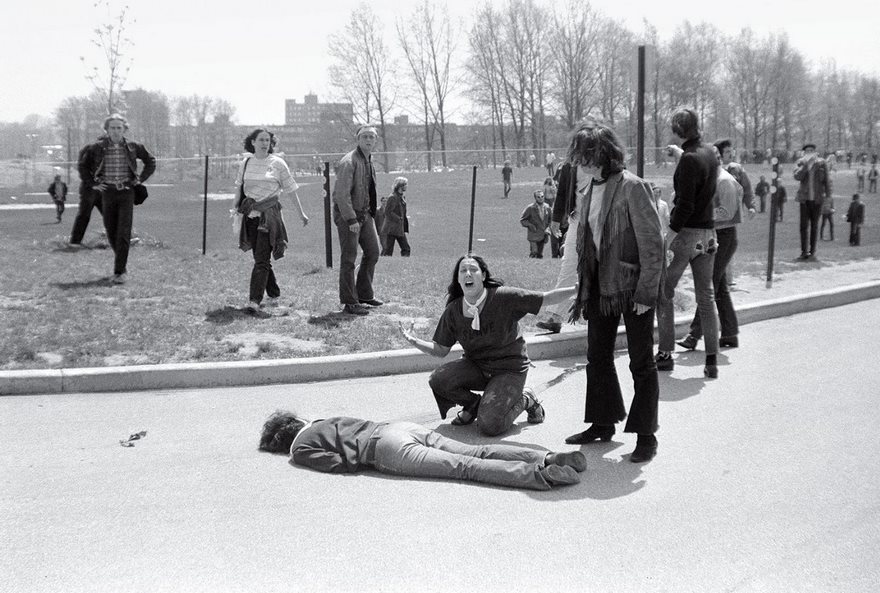



Hello all,
We’ll be looking at your photo essays together today.
I also want to share an event for those of you who still haven’t done the breaking news story.
The Phagwah Parade will take place this year on Sunday, March 26 in Richmond Hill, Queens. It starts at 12 p.m. at 133rd Street and Liberty Avenue and continues to Phil Rizzuto Park.
Here’s the Facebook event which includes contact info for some of the organizers and info about some of the community groups that are involved in the parade:
https://www.facebook.com/groups/phagwahparade/
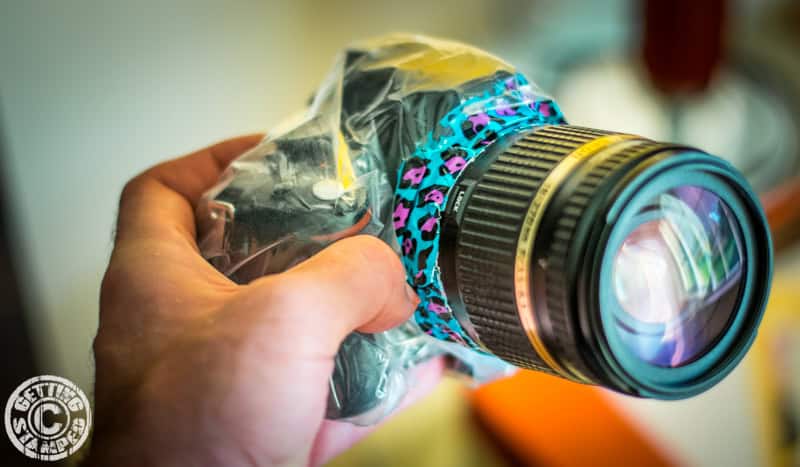
If you cover this event, you’re going to need to protect your camera.
Your finished breaking news assignment should be submitted to me, via WeTransfer, by Monday night March 27 at midnight. We will spend class on Tuesday the 28th putting together a Medium post like we did last time so that we can pitch the story to D&S—hopefully more successfully this time!
If you still need to do your breaking news assignment but you cannot make it to the Phagwah parade, please email me so I can work on finding another event for you to cover.